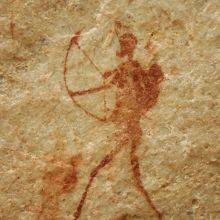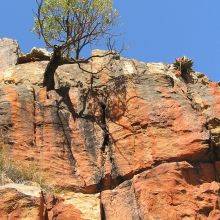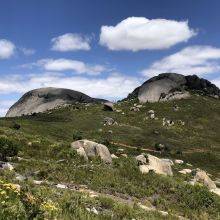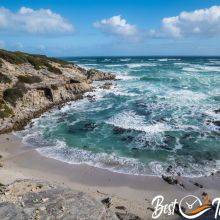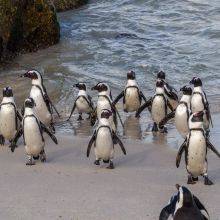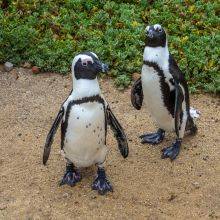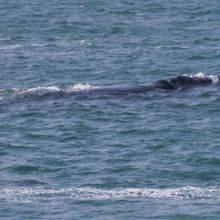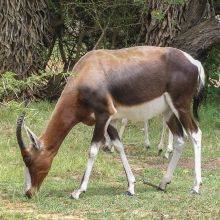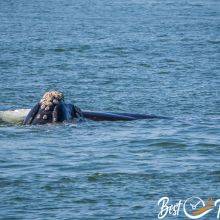When Is the Best Time
Lamberts Bay is a birder's paradise. There are not only the gannets also black cormorants, flamingos, and other colourful birds.
Roughly 17.000 gannets nest on Birds Island. It is a photographer's dream for outstanding shots in proximity.
The best time to visit this marvellous spot is in spring and summer. The gannets migrate before the winter in April and arrive in spring around September.
Bird Island has a size of three hectares which is far too small for this massive amount of birds. The gannets are famous for their mating ritual, called mating dance. This is the main attraction of Lambert's Bay, not only for birders. Knowledgeable guides give you much information about these fascinating birds.
Opening Hours Cape Gannet Colony
7.30 am - 6 pm
Entrance Fee: Rand 50 only cash accepted
You won't believe it, but the fee did not change in the last ten years. IMO cheap for what you can see.
Lambert's Bay is a quiet and charming village. The beach in the north stretches for more kilometres than you can walk in a day.
I highly recommend staying here for two nights for birding and an excellent walk along the beach.
Nights in winter and spring are cold. The summer is hot, and it is the season for big fresh lobster.
By chance, we made here a stop for one night and extended our stay. What an unexpected gem on our drive far more north.
Best Months to Visit
Location and Tips

The Cape Gannet Colony is one of only six existing colonies in the world. It is a must for birdwatchers, an excellent photo opportunity, and it was an unexpected gem for us when we made a stop in Lambert's Bay. The island is packed with blue-eyed Cape Gannets.
A well-maintained walk along the breakwater leads to the bird hide, which provides a unique chance to come close and watch the mating dances. It is a foul smell, and their noise is loud, but that is mother nature at its best. I loved to watch these smelly, dirty birds. The plumage looks fabulous when they arrive from the sea but soon gets muddy.
The reserve is protected by Cape Nature and has an important role in scientific research about the gannets. The island is also giving shelter to cape cormorants, penguins, and the Cape fur seals. The seals are a threat to the colony and the other bird species as well.
The information boards at the end of my article were all stolen in the reserve and have not been replaced yet. If you wish to learn more check out my photos.
9 Facts About the Gannets
- Gannets often live in large colonies on cliffs, islands and coastal rocks completely or almost surrounded by the sea.
- They may remain together for several years, some mate for life. The mating rituals are spectacular to observe fairly close.
- Each gannet pair usually has one egg. If the egg gets lost or broken within the first weeks, a gannet can lay a second egg.
- The incubation of the egg lasts more than 40 days.
- The chicks hatch naked and blind. After one week, they are already covered with fluffy down.
- One of the parents is always guarding the nest while the other is hunting for fish.
- The juveniles leave the nest roughly after 100 days.
- The gannet lifespan is extremely long, with more than 25 years.
- They weigh nearly 2.5 kg and have a length of almost 90 cm.























